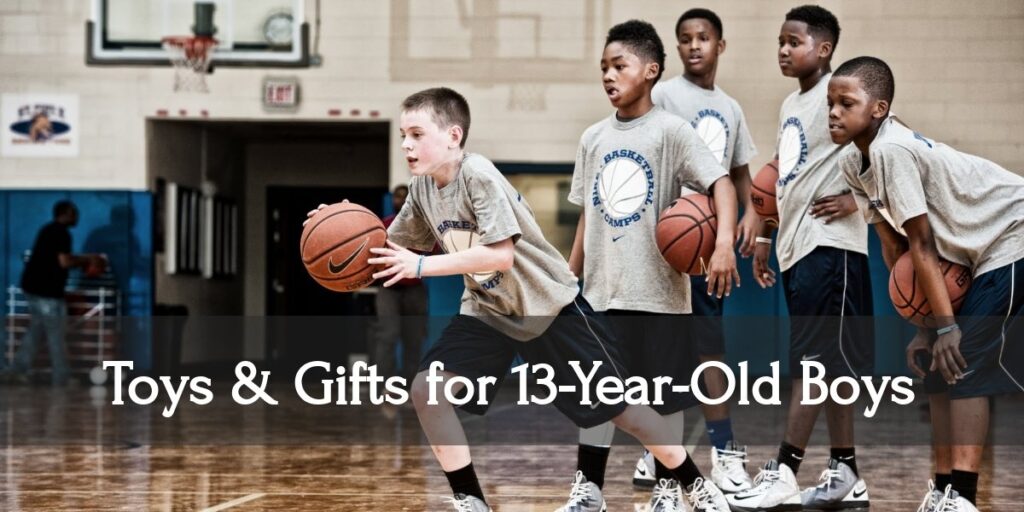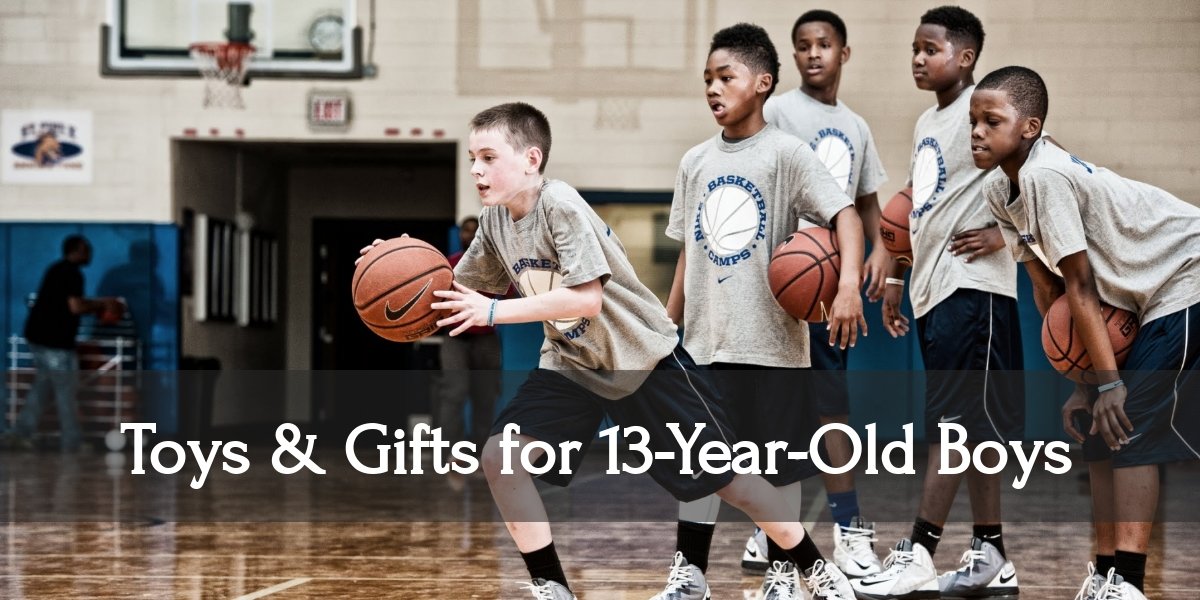
Navigating Adolescence: Understanding and Supporting Thirteen Year Olds
Thirteen year olds stand at a unique and often challenging crossroads. They’re no longer children, yet not quite teenagers, making their way through the tumultuous landscape of early adolescence. This period is characterized by significant physical, emotional, and social changes, demanding understanding and support from parents, educators, and the wider community. This article aims to provide a comprehensive overview of what it means to be thirteen, exploring the developmental milestones, common challenges, and effective strategies for fostering their growth and well-being. Understanding the complexities of a thirteen year old’s world is the first step in helping them navigate this crucial stage of life.
The Physical Transformations of Thirteen Year Olds
Puberty is often in full swing at thirteen, bringing about noticeable physical changes. For girls, this may include breast development, the start of menstruation, and changes in body shape. Boys may experience growth spurts, voice cracking, and the development of facial and body hair. These physical changes can be both exciting and unsettling for thirteen year olds, leading to feelings of self-consciousness and body image concerns.
- Growth Spurts: Rapid increases in height and weight are common, often leading to clumsiness and coordination challenges.
- Hormonal Changes: Fluctuating hormone levels can contribute to mood swings, acne, and increased sweating.
- Sleep Patterns: Thirteen year olds often require more sleep than younger children, but their circadian rhythms may shift, making it difficult to fall asleep early.
Supporting thirteen year olds through these physical changes involves open communication, education about puberty, and encouraging healthy habits such as proper nutrition, regular exercise, and sufficient sleep. Addressing body image concerns and promoting self-acceptance are also crucial.
The Emotional Rollercoaster of Early Adolescence
Emotional development is just as significant as physical development during this period. Thirteen year olds are grappling with complex emotions, seeking independence, and trying to define their identities. Mood swings, increased sensitivity, and a desire for privacy are common characteristics. They may experience heightened emotions related to friendships, romantic interests, and academic pressures. Understanding these emotional shifts is key to providing effective support.
Navigating Identity Formation
One of the primary tasks of adolescence is identity formation. Thirteen year olds are exploring different roles, values, and beliefs to discover who they are and where they belong. This exploration can lead to experimentation with different styles, interests, and social groups. It’s important to provide a safe and supportive environment where they feel free to explore their identities without judgment.
Dealing with Peer Pressure
Peer pressure becomes increasingly influential during early adolescence. Thirteen year olds are highly susceptible to the opinions and behaviors of their peers, leading to pressure to conform, engage in risky behaviors, or make choices that go against their values. Teaching them assertiveness skills, critical thinking, and how to make responsible decisions is essential.
Managing Stress and Anxiety
Academic pressures, social anxieties, and family conflicts can contribute to stress and anxiety in thirteen year olds. Teaching them coping mechanisms such as mindfulness, deep breathing exercises, and time management skills can help them manage stress more effectively. Recognizing the signs of anxiety and seeking professional help when needed is also important.
The Social Dynamics of Thirteen Year Olds
Social relationships take on a new level of importance during early adolescence. Thirteen year olds are navigating complex social hierarchies, forming close friendships, and exploring romantic interests. Social acceptance and belonging are paramount, and they may experience significant stress related to social rejection or bullying. Understanding the social dynamics of this age group is crucial for promoting positive social development.
The Importance of Friendships
Friendships provide a sense of belonging, support, and validation for thirteen year olds. They learn valuable social skills through their interactions with friends, such as communication, conflict resolution, and empathy. Encouraging healthy friendships and providing opportunities for social interaction are essential.
Dealing with Bullying and Cyberbullying
Bullying, both in person and online, is a significant concern for thirteen year olds. Cyberbullying, in particular, can have a devastating impact on their self-esteem and mental health. Educating them about bullying prevention, online safety, and how to report incidents is crucial. Creating a supportive and inclusive school environment that discourages bullying is also essential. [See also: Cyberbullying Prevention Strategies]
Navigating Romantic Interests
Romantic interests often emerge during early adolescence. Thirteen year olds may experience crushes, first dates, and the complexities of romantic relationships. Providing them with accurate information about relationships, consent, and healthy boundaries is important. Open communication and a non-judgmental attitude can help them navigate these experiences responsibly.
Supporting Thirteen Year Olds: Practical Strategies
Supporting thirteen year olds requires a multifaceted approach that addresses their physical, emotional, and social needs. Here are some practical strategies that parents, educators, and other adults can use:
- Open Communication: Create a safe and supportive environment where they feel comfortable talking about their feelings and concerns.
- Active Listening: Listen attentively to what they have to say without judgment or interruption.
- Empathy and Understanding: Try to understand their perspective and validate their feelings, even if you don’t agree with them.
- Setting Boundaries: Establish clear and consistent boundaries and expectations.
- Providing Guidance: Offer guidance and support without being overbearing or controlling.
- Encouraging Independence: Allow them to make their own choices and take responsibility for their actions.
- Promoting Healthy Habits: Encourage healthy eating, regular exercise, and sufficient sleep.
- Monitoring Social Media: Monitor their social media activity and educate them about online safety.
- Seeking Professional Help: Don’t hesitate to seek professional help if they are struggling with mental health issues or other challenges.
The Importance of Education and Academic Support for Thirteen Year Olds
Academically, thirteen year olds are typically in middle school, facing increasing academic demands and preparing for high school. They are developing more complex thinking skills, such as critical thinking, problem-solving, and abstract reasoning. Providing them with the necessary academic support and resources is crucial for their success.
Creating a Supportive Learning Environment
A supportive learning environment is essential for thirteen year olds to thrive academically. This includes a classroom culture that values diversity, encourages collaboration, and promotes a growth mindset. Teachers should provide individualized attention and support to students who are struggling, and they should create opportunities for students to excel.
Addressing Learning Challenges
Some thirteen year olds may experience learning challenges, such as dyslexia, ADHD, or other learning disabilities. Early identification and intervention are crucial for addressing these challenges and providing students with the necessary support. Parents and educators should work together to develop individualized education plans (IEPs) that meet the specific needs of each student.
Encouraging Extracurricular Activities
Extracurricular activities, such as sports, clubs, and arts programs, can provide thirteen year olds with opportunities to develop their talents, explore their interests, and build social connections. These activities can also help them develop important life skills, such as teamwork, leadership, and time management. Encouraging them to participate in extracurricular activities can enhance their overall well-being and academic performance.
Conclusion: Embracing the Journey of Thirteen Year Olds
Being a thirteen year old is a complex and transformative experience. By understanding the physical, emotional, and social changes that they are undergoing, and by providing them with the necessary support and guidance, we can help them navigate this challenging period and emerge as confident, resilient, and well-adjusted young adults. The journey of a thirteen year old is filled with challenges and opportunities. By embracing this journey with empathy, understanding, and a commitment to their well-being, we can help them reach their full potential. Supporting thirteen year olds is an investment in the future, ensuring they grow into healthy, happy, and productive members of society. Remember that each thirteen year old is unique, and the best approach is tailored to their individual needs and circumstances. Consistent support and open communication are vital components in helping these individuals thrive. By focusing on their strengths and providing encouragement, we can help thirteen year olds navigate this pivotal stage with confidence and resilience. It’s about fostering independence while providing a safety net, allowing them to explore their world and develop into well-rounded individuals. Let’s champion the journey of thirteen year olds, ensuring they feel seen, heard, and supported every step of the way. [See also: Adolescent Mental Health Resources]

